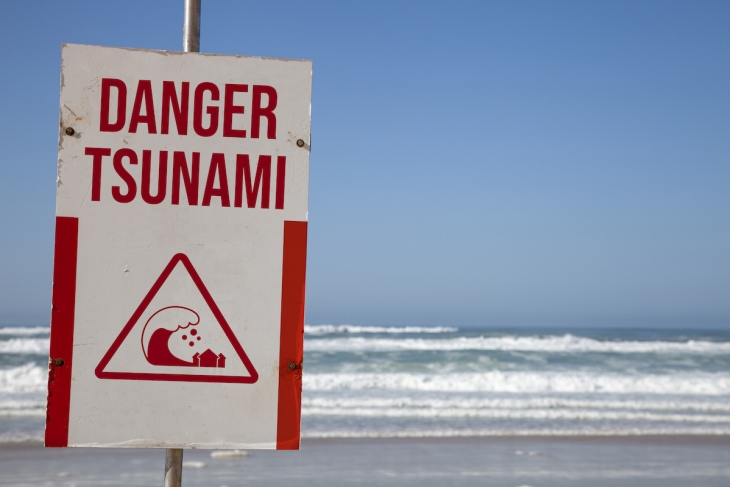Covid “learning loss” has two causes: the loss of in-person instruction in the spring of 2020 and the reliance on remote learning thereafter (which Tom Kane and colleagues quantify in an article in The Atlantic).
As a result, many experts expect 2022 NAEP declines versus, say, 2019 NAEP.
I see that bet, and raise. I expect that in the next two school years, even without much Covid-related closure or remote learning, we’ll see even greater declines. That is, rather than bouncing back, NAEP 2024 scores will be even lower than 2022. People are trying to solve “pandemic learning loss” as if that loss has stopped because remote learning and school closures have stopped.
But I believe the boat is still taking on water and still leaking.
1. Student “agency” has declined
Kids who are supposedly back to normal, in-person schooling describe a lower bar, less effort, and more goofing around. The in-person experience has changed. It’s hard to quantify, but local news stories about this are not uncommon.
Students are inclined to do less, to be on their screens instead. Moreover, the students are nudged, encouraged, cajoled, and chased less by the adults, by both parents and teachers—who are more likely to be on their screens. That was true pre-Covid, and now it’s accelerated.
2. The four horsemen of the labor shortage apocalypse
Support positions like bus drivers, nurses, and substitute teachers are in really short supply. This means school principals are troubleshooting urgent stuff, like “Mrs. Jones’s classroom has no adult in it” or, in some places, “nobody picked up the five kids on Madison Street.”
Some places have teacher shortages—of course—so not only are some shaky teachers likely getting jobs who would normally be rejected by hiring committees, but principals are probably afraid to critique teachers for fear they may go elsewhere. Professional expectations have fallen in many sectors, and there’s little reason to believe that K–12 is exempt.
All the factors above demoralize good teachers and make them more likely to leave. This only worsens the cycle.
Finally, educators look at the cost-benefit tradeoff of being a principal versus “staying a teacher”—and it has pointedly moved against leadership. Controversies surrounding critical race theory and social-emotional learning feel unwinnable to many leaders. Some who felt underappreciated in normal times now feel completely overwhelmed. And unlike for-profit companies that pay leaders a large premium for putting up with stuff, K–12 does not do that; the hourly wage gain to leave teaching and become a principal is small.
3. The breakdown of order in some schools
Even before the pandemic, well-intentioned but poorly-executed behavior management systems like “restorative justice” eroded the structure of some schools. Fixing that was on the to-do list of many school leaders circa 2019. It’s still undone. Now in 2022, add in rising crime outside schools, plus key staff turnover, and we should expect more culture challenges inside schools.
—
Against these three obstacles, one might say, “Yes, but schools will have billions in federal ESSER funds. We’ve taken a pandemic hit that will show up on NAEP. But now Covid is endemic. Schools will mostly be back to normal. Surely the big money will help right the ship in 2023 and 2024.”
I’ll bet against that, and very much hope to be wrong. (A prediction market would be very helpful in this instance.)
Yes, schools will have nice new HVAC systems. And broadband. But I don’t think that will drive learning gains. Teachers will yawn their way through all the PD. Do we really need another 500 studies showing that this stuff does not work? The tutoring—goodness, the vaunted tutoring in real life is not going well, with some notable exceptions. And the “Build Back Better” buzz of 2021, where the Covid interruption would unleash a wave of school redesign that leads to achievement gains for kids? That has died down.
I don’t have any easy answers. But, folks, we have to stop hiding from what so many teachers and students are saying and seeing: The ship is taking on more water.




